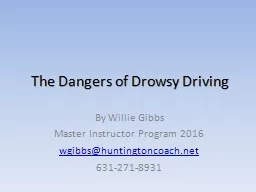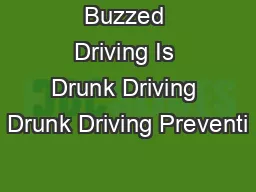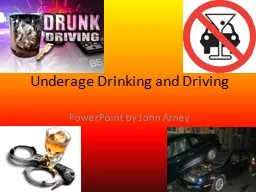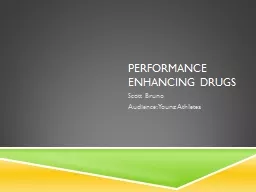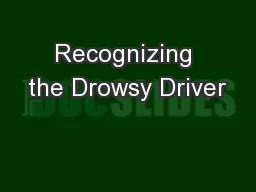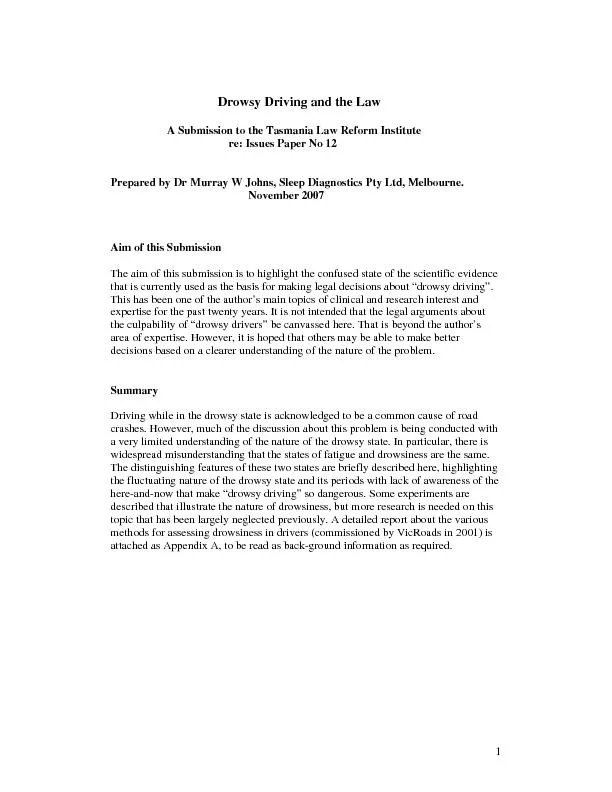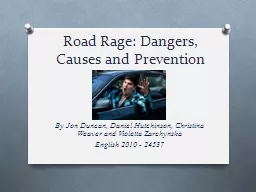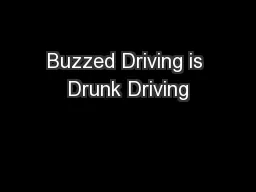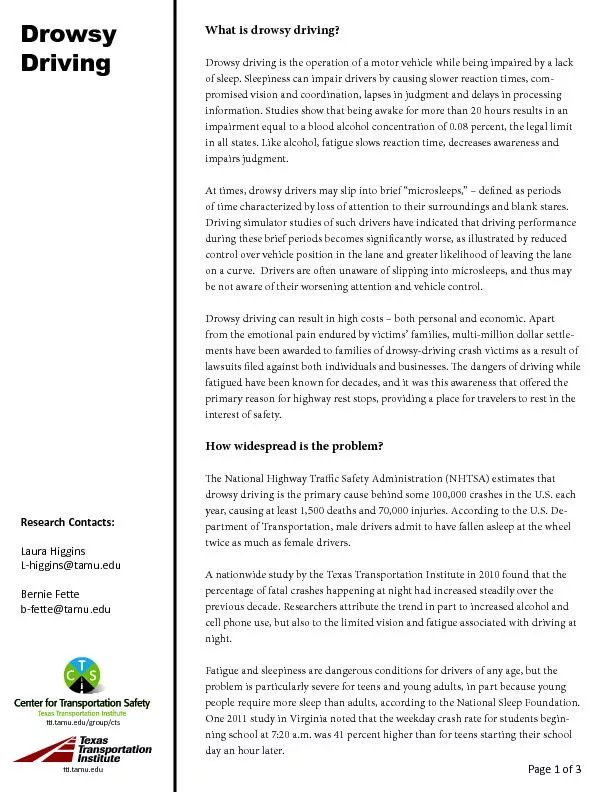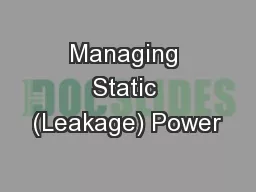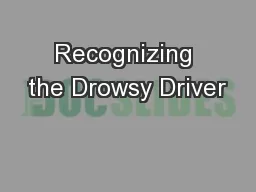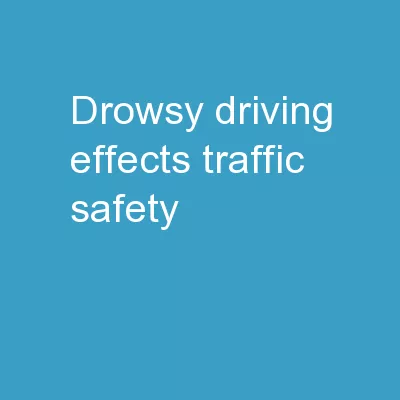PPT-The Dangers of Drowsy Driving
Author : celsa-spraggs | Published Date : 2017-04-14
By Willie Gibbs Master Instructor Program 2016 wgibbshuntingtoncoachnet 6312718931 Outcomes By the conclusion of this presentation transportation professionals will
Presentation Embed Code
Download Presentation
Download Presentation The PPT/PDF document "The Dangers of Drowsy Driving" is the property of its rightful owner. Permission is granted to download and print the materials on this website for personal, non-commercial use only, and to display it on your personal computer provided you do not modify the materials and that you retain all copyright notices contained in the materials. By downloading content from our website, you accept the terms of this agreement.
The Dangers of Drowsy Driving: Transcript
Download Rules Of Document
"The Dangers of Drowsy Driving"The content belongs to its owner. You may download and print it for personal use, without modification, and keep all copyright notices. By downloading, you agree to these terms.
Related Documents

